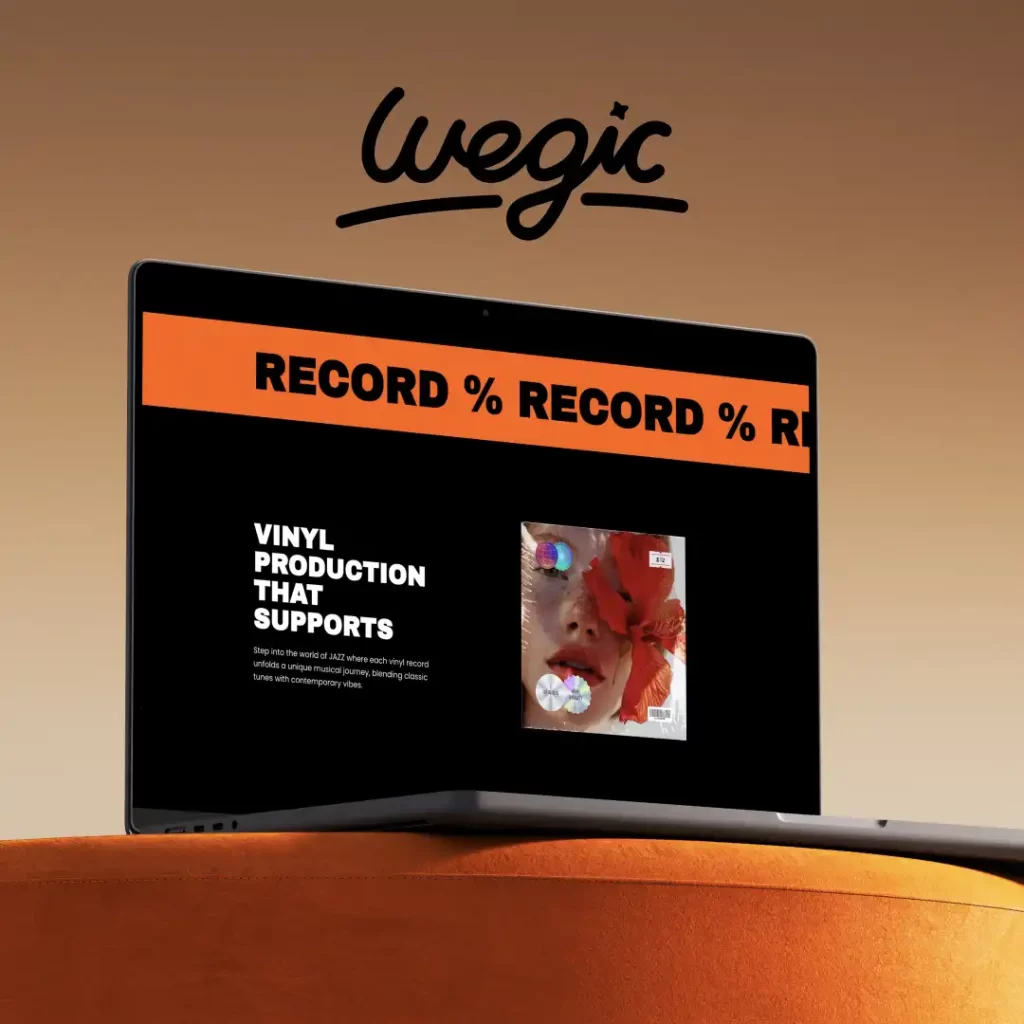Charlotte Website Design Challenges
How to Master Charlotte Website Design
Charlotte Website Design
Building a website can seem like a daunting task, especially for those who are not familiar with web development. However, by understanding the key details involved in website building, you can create a functional and visually appealing site that effectively communicates your message to your target audience. In this article, we will explore some of the crucial aspects of website building, from choosing a domain name to selecting a hosting provider and designing the layout of your site.

Getting Started with Charlotte Website Design
Charlotte Website Design
1. WordPress:
WordPress is one of the most popular website building platforms in the world, powering over 30% of all websites on the internet. It’s known for its flexibility and ease of use, making it a great choice for both beginners and experienced developers. With thousands of themes and plugins available, you can customize your site to fit your needs perfectly. WordPress also offers a user-friendly interface that makes it easy to create and manage content.
2. Wix:
Wix is another popular website building platform that offers a drag-and-drop editor, making it easy for anyone to create a professional-looking site. With hundreds of templates to choose from, you can quickly design a site that fits your brand aesthetic. Wix also offers a variety of features, such as e-commerce tools, marketing integrations, and analytics, making it a comprehensive solution for building your online presence.
3. Squarespace:
Squarespace is a website building platform known for its stunning design templates and powerful features. Whether you’re looking to create a portfolio, blog, or e-commerce store, Squarespace has you covered. The platform offers a range of customization options, such as fonts, colors, and layouts, allowing you to create a unique site that reflects your brand. Squarespace also offers built-in SEO tools and analytics, making it easy to optimize your site for search engines.
4. Shopify:
If you’re looking to build an online store, Shopify is the go-to platform for e-commerce websites. With easy-to-use tools for managing products, inventory, and orders, Shopify makes it simple to create a successful online store. The platform also offers a variety of themes and customization options, allowing you to create a unique shopping experience for your customers. Additionally, Shopify offers integrations with popular payment gateways and shipping providers, making it a comprehensive solution for selling products online.
5. Weebly:
Weebly is a user-friendly website building platform that offers a drag-and-drop editor and a variety of pre-designed layout options. Whether you’re looking to create a blog, portfolio, or online store, Weebly has templates and features to support your needs. The platform also offers SEO tools, analytics, and marketing integrations, making it a great choice for building a successful online presence.
When designing a website with SEO in mind, there are several key factors to consider. These factors include website structure, content, user experience, and technical aspects such as site speed and mobile-friendliness. By focusing on these elements, you can create a website that is not only visually appealing but also ranks well in search engine results.
Website structure is an important aspect of SEO web design. A well-organized site structure makes it easier for search engines to crawl and index your site, leading to better search engine rankings. A clear hierarchy of pages, with logical navigation and internal linking, helps search engines understand the content and relevance of each page. By organizing your website in a structured manner, you can improve the user experience and make it easier for visitors to navigate your site.
Content is another key factor in SEO web design. High-quality, relevant content is essential for attracting and engaging visitors, as well as improving search engine rankings. When creating content for your website, it’s important to use relevant keywords and phrases that users are likely to search for. By incorporating keywords strategically throughout your content, you can improve your chances of ranking well in search engine results.
User experience is also crucial in SEO web design. A website that is easy to navigate, loads quickly, and is mobile-friendly will provide a better experience for users and improve search engine rankings. In addition, user-friendly design elements such as clear calls to action, easily accessible contact information, and intuitive navigation menus can help increase user engagement and conversions.
Technical aspects of web design, such as site speed and mobile-friendliness, can also impact SEO. Search engines give preference to websites that load quickly and are optimized for mobile devices, so it’s important to ensure that your site is responsive and loads quickly on all devices. By optimizing images, minifying code, and using a content delivery network, you can improve site speed and user experience, leading to better search engine rankings.

Charlotte Website Design Trends
Charlotte Website Design
In today’s digital age, having a visually appealing and user-friendly website is crucial for the success of any business. A well-designed website can help attract new customers, build credibility, and increase conversion rates. However, designing a website is not as simple as it may seem. It requires a strategic and systematic approach to ensure that the final product meets the needs and expectations of both the business and its target audience. In this article, we will discuss the website design process in detail, outlining the key steps involved in creating a successful website.
Step 1: Define the Purpose and Goals
The first step in the website design process is to clearly define the purpose and goals of the website. This involves identifying the target audience, understanding their needs and preferences, and determining the desired outcomes for the website. For example, is the website meant to generate leads, drive sales, provide information, or showcase products and services? By having a clear understanding of the purpose and goals of the website, you can better tailor the design and content to meet these objectives.
Step 2: Conduct Research
Once the purpose and goals of the website have been defined, the next step is to conduct research. This involves analyzing the competition, researching industry trends, and gathering insights into the preferences and behaviors of the target audience. By conducting thorough research, you can gain a better understanding of what works and what doesn’t in your industry, helping you make informed design decisions.
Step 3: Create a Wireframe
After conducting research, the next step in the website design process is to create a wireframe. A wireframe is a visual representation of the layout and structure of the website, showing the placement of various elements such as navigation menus, headers, footers, and content sections. Creating a wireframe allows you to plan the overall design and functionality of the website before moving on to the visual design phase.
Step 4: Design the Visual Elements
Once the wireframe has been finalized, the next step is to design the visual elements of the website. This involves creating a visually appealing and consistent design that reflects the brand identity and resonates with the target audience. Elements such as color scheme, typography, imagery, and layout are carefully considered to create a cohesive and attractive design that conveys the desired message and engages users.
Step 5: Develop the Website
After the visual design has been approved, the next step is to develop the website. This involves coding the design into a functioning website using HTML, CSS, and other programming languages. During the development phase, the website is tested for functionality, responsiveness, and compatibility across different devices and browsers to ensure a seamless user experience.
Step 6: Test and Optimize
Once the website has been developed, it is essential to test and optimize its performance. This involves conducting usability tests to identify any usability issues, testing load times to ensure fast page speeds, and optimizing the website for search engines to improve visibility and accessibility. By testing and optimizing the website, you can ensure that it meets the needs and expectations of users, leading to better engagement and conversions.
Step 7: Launch and Monitor
The final step in the website design process is to launch the website and monitor its performance. This involves deploying the website to a live server, promoting it to the target audience, and tracking key metrics such as traffic, engagement, and conversions. By monitoring the performance of the website, you can identify areas for improvement and make informed decisions to optimize its effectiveness over time.




